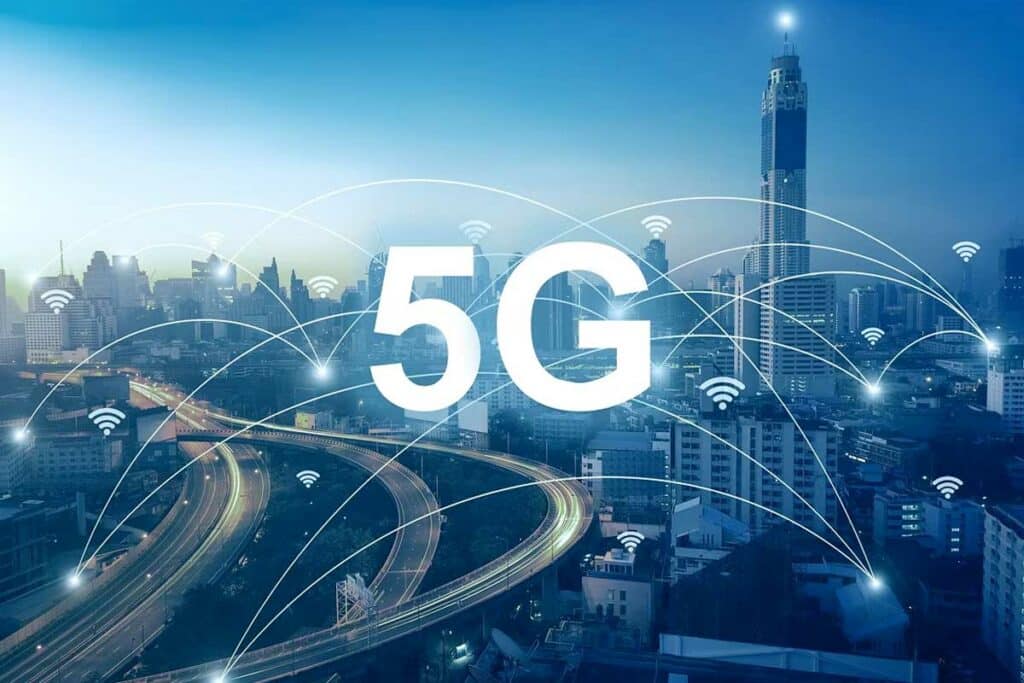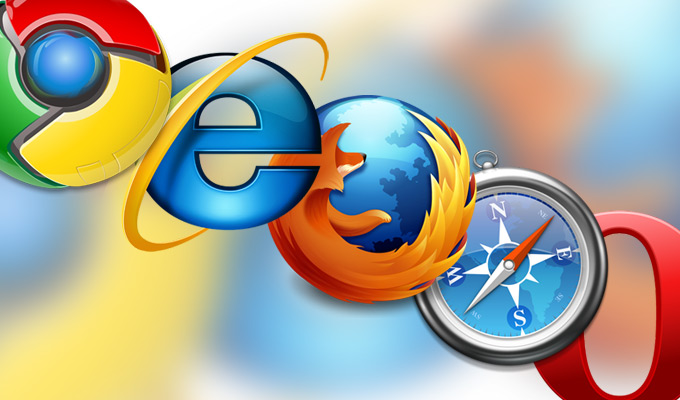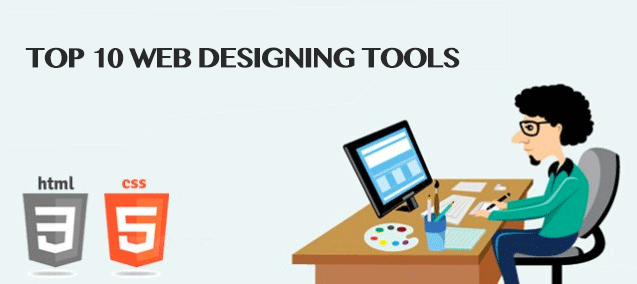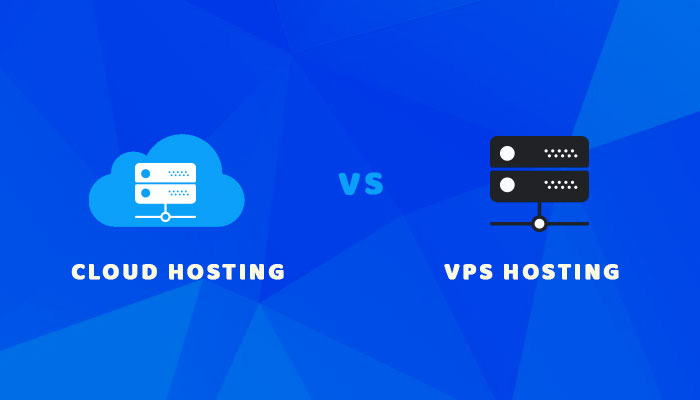Imagine downloading an entire movie in seconds, experiencing lag-free video calls from anywhere, or seeing self-driving cars seamlessly navigate city streets.
It is possible with 5G Networks. It’s not just an upgrade, it’s a quantum leap, boasting speeds 100 times faster than 4G and latency reduced by 10X. This translates to revolutionizing industries, transforming societies, and unlocking possibilities.
The world of connectivity is on the cusp of a revolution with the arrival of 5G technology. Marking the fifth generation of mobile network standards, 5G surpasses its predecessors (1G, 2G, 3 G, and 4G) by offering exponentially faster data speeds, ultra-low latency, and massive network capacity.
From faster downloads to smarter cities, explore the transformative potential of the next generation of connectivity.
Let us explore the Impact of 5G and 5G Connectivity around us:
Key Features of 5G Technology
5G networks are a paradigm shift in mobile technology. This revolution rests on three key pillars: Enhanced Mobile Broadband (eMBB), Ultra-Reliable Low-Latency Communications (URLLC), and Massive Machine Type Communications (mMTC).
1.Enhanced Mobile Broadband (eMBB)
Enhanced Mobile Broadband (eMBB) offers data rates up to 100 times faster than 4G. This incredible speed fuels new immersive experiences. You can explore augmented Reality (AR) and 5G, virtual reality and 5G to seamlessly connect with information and entertainment in ways never before possible.
2. Ultra-Reliable Low-Latency Communications (URLLC)
Latency, the delay in data transmission, plays a crucial role in applications demanding real-time responsiveness. Ultra-reliable low-latency Communications (URLLC) tackles this challenge by reducing latency to as low as 1 millisecond, a tenfold improvement over 4G. This opens doors to applications with previously unthinkable requirements, such as remote surgery, connected cars, and industrial automation. Imagine surgeons performing complex procedures remotely with minimal lag, or self-driving cars communicating instantaneously, ensuring safety and efficiency on the roads.
3. Massive Machine Type Communications (mMTC)
5G isn’t just about smartphones; it’s about connecting everything. Massive Machine Type Communications (mMTC) empowers connect billions of devices in the Internet of Things (IoT), from smart sensors to wearables. This network capacity paves the way for 5G and Smart Cities, where traffic lights, streetlights, and waste management systems communicate, optimizing resources and improving citizens’ lives. mMTC also supports industrial automation, allowing factories to operate with greater efficiency and predictive maintenance.
The Impact of 5G Connectivity
5G Economic Impact: The benefits of 5G connectivity extend far beyond faster data transmission and connecting more devices. This technology boasts improved 5G bandwidth and higher 5G data rates, enabling smoother, more reliable connections even in crowded areas.
Energy Efficiency in 5G Networks: 5G is designed with energy efficiency in mind, consuming less power per bit transmitted compared to previous generations. This translates to environmental benefits, contributing to a more sustainable future with sustainable connectivity.
5G Society Transformation
5G Connectivity is more than just a technical advancement; it’s a catalyst for transformative change in various sectors. From revolutionizing entertainment to enabling critical applications and fostering smarter cities, the possibilities are vast.
The Ripple Effect: How 5G Impacts Various Sectors
5G technology isn’t just about faster downloads; it’s a ripple effect impacting industries and transforming how we live, work, and interact. Let’s dive into three key sectors experiencing revolutionary changes with the advent of 5G connectivity:
1. The 5G Telecommunications: 5G Infrastructure Upgrades and New Horizons
Discovering the hidden costs: Upgrading existing infrastructure to support 5G’s demands is no small feat. Mobile network operators face substantial investments in new towers, fibre optic cables, and specialized equipment.
Unlocking a world of opportunity: But the challenges are met with immense potential. 5G Telecommunications opens doors for service providers to offer differentiated services like network slicing, catering to specific industry needs. They can also expand their market reach to rural areas previously underserved by older networks, bridging the digital divide.
2. 5G Healthcare Innovations: Revolutionizing Care Delivery, Patient Experience
Telemedicine takes centre stage: Imagine connecting with your doctor for a consultation from the comfort of your home. 5G’s low latency enables seamless video consultations, remote monitoring of chronic conditions, and even real-time support during surgeries. This empowers patients in remote areas to access specialized care and improves overall healthcare accessibility.
Innovation blossoms for patient care: Beyond consultations, 5G healthcare innovations pave the way for advancements in remote surgery with robots receiving real-time data and surgeons operating from miles away. Also, wearable devices collecting health data continuously become more reliable, allowing for proactive diagnoses and preventive care.
3. Autonomous Vehicles and 5G: Paving the Way for a Smarter Future
Smart transportation takes the wheel: Traffic jams might become a thing of the past. 5G’s ultra-reliable communication empowers connected vehicles to share real-time data, optimizing traffic flow and reducing congestion. Imagine self-driving cars communicating seamlessly with each other and 5G infrastructure, creating a safer and more efficient transportation system.
Autonomous vehicles gain momentum: The low latency and high bandwidth of 5G are crucial for the development of self-driving cars. Real-time data transmission between vehicles and their surroundings becomes possible, enabling accurate decision-making and collision avoidance. This paves the way for a future where autonomous vehicles and 5G will transform transportation.
The technology’s influence extends to education, manufacturing, agriculture, and beyond, fostering innovation and progress across the board.
Navigating the Waves: Challenges and Considerations of 5G Networks
While 5G technology promises a connectivity revolution, its path isn’t without its hurdles.
Let’s explore some key challenges and considerations:
1. Infrastructure and Investment: Global 5G Rollout
Global 5G Rollout requires substantial investments in new towers, fibre optic cables, and specialized equipment. These upgrades add financial burdens to telecom operators, particularly in rural areas where existing 5G infrastructure might be sparse. Collaborative efforts involving public-private partnerships can help bridge this gap, ensuring wider accessibility.
2. 5G Security Measures and 5G Privacy Concerns: Protecting the digital ocean
5G’s increased complexity and wider network access introduce potential vulnerabilities. Robust security measures like encryption and network segmentation are crucial to guard against cyberattacks and protect sensitive user data. Additionally, transparent data privacy policies, 5G security measures, and user education are essential to ensure trust and responsible use of technology.
3. Health and Environmental Concerns: Balancing progress with well-being
Concerns regarding the potential health impact of electromagnetic waves emitted by 5G infrastructure remain open for further research. Additionally, the energy consumption of this technology necessitates sustainable practices and efficient network design to minimize environmental impact.
4. Disparities in Access: Bridging the digital divide
Global 5G Rollout might exacerbate existing digital divides between developed and developing regions. Ensuring equitable access and affordability requires collaborative efforts from governments, telcos, and technology companies to bridge this gap and bring the benefits of the Internet of Things (IoT) and 5G to all.
5. The Future of Connectivity: 5G and Artificial Intelligence (AI)
5G acts as a springboard for integrating emerging technologies like Artificial Intelligence, Virtual Reality, Augmented Reality, and the Internet of Things. Imagine AI-powered smart cities optimizing traffic flow and resource allocation, VR training experiences revolutionizing education, or AR overlays enriching cultural experiences. 5G unlocks possibilities for smarter, more efficient urban development, where technology seamlessly blends with our lives.
FAQ: 5G Technology
1. What is 5G technology, and how does it differ from 4G?
5G is the next-gen mobile network, boasting exponentially faster speeds, ultra-low latency, and massive capacity compared to 4G, enabling transformative applications from immersive experiences to connected cities.
2. How will 5G technology impact the Internet of Things (IoT)?
5G’s massive capacity (mMTC) and faster 5G data rates will enable billions of connected devices. Internet of Things (IoT) and 5G are leading to smarter cities and efficiency breakthroughs, paving the way for innovative applications across industries.
3. What are the potential uses of 5G technology in healthcare?
5G’s speed and low latency enable seamless telemedicine, real-time patient monitoring, AI-powered diagnostics, and even remote surgery, transforming healthcare access, efficiency, and personalized care. 5G and Artificial Intelligence (AI) have an unexplored potential in Healthcare and medical sciences.
4. How does 5G technology contribute to the development of smart cities?
5G acts as the central nervous system of smart cities, enabling:
- Real-time data analysis of traffic, energy, and waste management through mMTC and massive sensors.
- Enhanced public services with URLLC powering remote healthcare, smart grids, and connected emergency response.
- Immersive citizen experiences via eMBB, supporting VR/AR cultural hubs and digital education platforms.
- This ubiquitous, high-speed connectivity drives sustainable and equitable urban development, improving citizen quality of life.
5. How will 5G technology affect the automotive and transportation industries?
5G revs up transportation are many such as self-driving cars zooming safely, smart roads optimising flow, and accidents drop with real-time alerts. However, there are always 5G privacy concerns that need consideration.
6. What are the security implications of 5G technology?
5G’s vast network and complex architecture introduce potential vulnerabilities like cyberattacks and privacy concerns.
However, safeguards are being implemented:
- Enhanced encryption (URLLC) hinders data breaches.
- Network segmentation (eMBB) isolates critical systems.
- Strict privacy regulations and user education empower informed choices.
Responsible development and collaboration are crucial to ensure that 5G’s benefits are enjoyed securely.
7. When can we expect widespread 5G availability?
5G on the rise! Global coverage is to hit 85% by 2029, but infrastructure, spectrum, and regulations hold the key. Stay tuned for a brighter, connected future
8. What is the economic impact of 5G technology?
5G unleashes an economic powerhouse, fueling job creation in tech, infrastructure, and content creation. This spurs growth across industries like VR/AR and IoT, fostering innovation and unlocking new business opportunities.
Final Words
5G unlocks a new era of connectivity, boosting speed, capacity, and responsiveness. It empowers industries, transforms societies, and paves the way for a future woven with smarter cities, connected healthcare, and seamless experiences.
Looking ahead, 5G acts as a springboard for integrating with other emerging technologies like AI, VR, and AR, further accelerating innovation and shaping the future of connectivity.
However, there are many challenges associated with 5G technology, which need to be addressed.
Buckle up for the ride! Stay tuned as 85% of global coverage unfolds by 2029!






